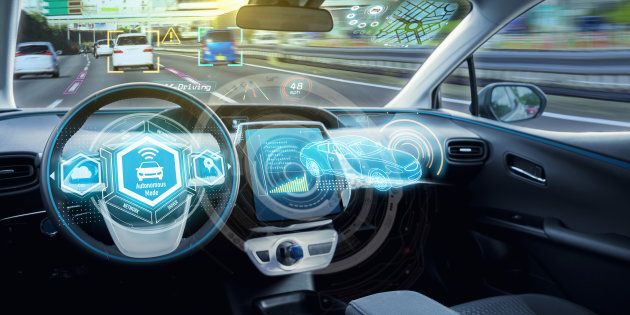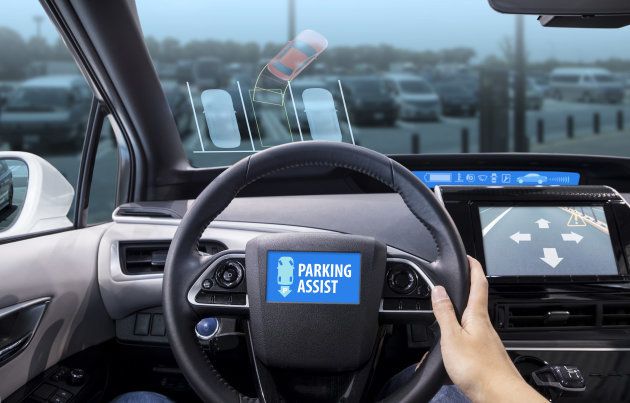
Following the recent Facebook data breach, most of us have been paying closer attention to which parts of our lives are connected and what security and privacy settings we've signed up to.
And that connection is not limited to our mobile phones, tablets or computers, but also to modern cars. Should you now turn off our car's navigation system — or for that matter, Google Maps and Waze — for fears of being hacked? What about that telematics system that your insurer had you fit in order to get 50 percent off your fuel spend?
While we can simply turn off social media platforms like Facebook without affecting our lives, turning off technology features on our transport may not be that easy, as cars provide increasingly invaluable services. Would you rather maintain your privacy and be stuck on the side of the road?
Below, AutoTrader looks at four car tech features you probably will not want to switch off.
1. X-ray vision for your car
Ford and telecom chip maker Qualcomm are working on Cellular Vehicle to Everything (C-V2X) technology. Practically speaking, this means your car will have X-ray vision — more or less. C-V2X will allow vehicles to communicate directly with other vehicles, pedestrian devices and roadway infrastructure such as traffic signs or construction zones. This will enable drivers to know exactly what to expect up ahead.
2. Real-time road condition safety alerts
A company called Inrix is piloting a system that could make roads a whole lot safer. Using data from the headlights, windscreen wipers and traction control, the system is able to calculate road conditions. Based on these findings, it will alert drivers to hazards ahead.
3. Parking assistance, anywhere and everywhere
The brainchild of German parts supplier Bosch, this technology will effortlessly reveal the perfect parking spot. Cars fitted with the technology will be able to measure the gaps between parked vehicles and provide a live update to a map, which can be accessed by all.

4. Automated maintenance diagnostics
Modern cars have an on-board diagnostic port, which is generally located underneath the dashboard. This port helps service technicians measure emissions, diagnose performance issues, or alert the driver to repairs needed. Drivers of these vehicles could get calls from their service station to alert them to a tyre going flat, for example.
As is the case with so many other connectivity-related car features, however, this port could also give driver behavioural information and geolocation data.
